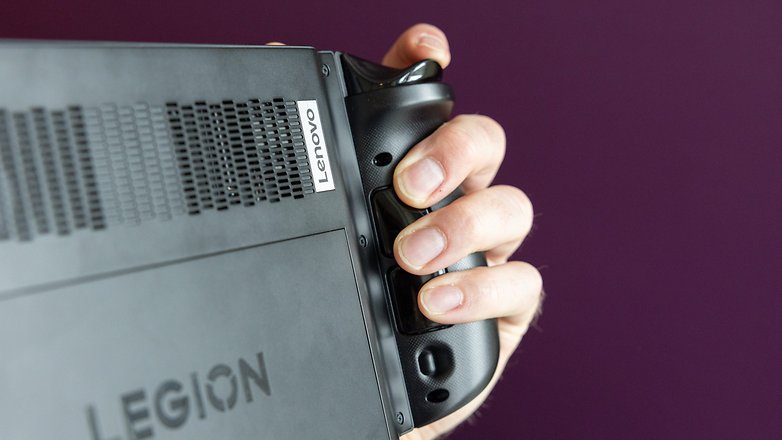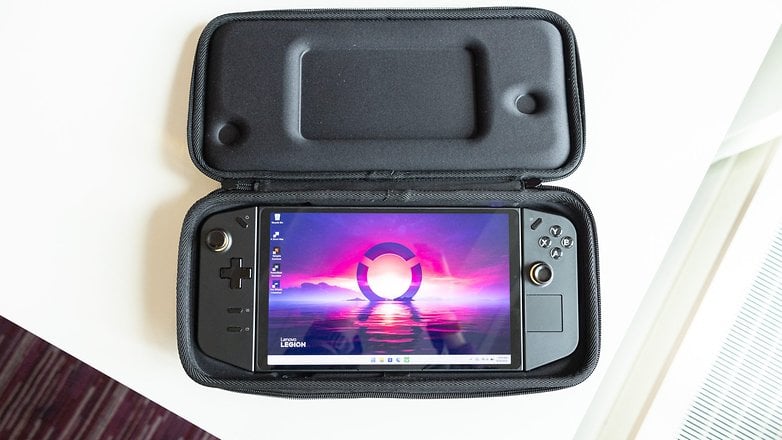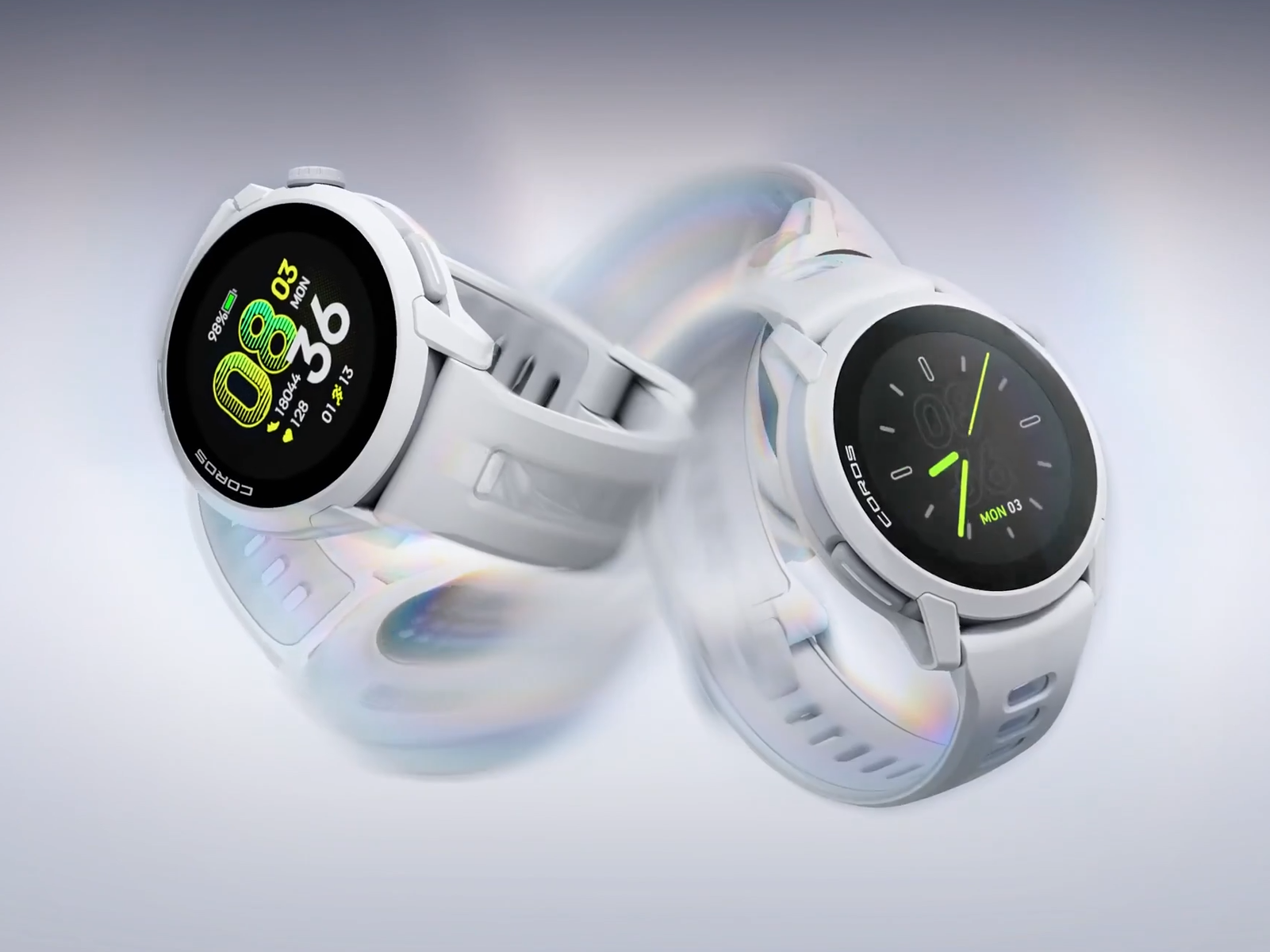
Lenovo unveiled a portable gaming console at the IFA 2023 that has a lot of power underneath the hood, running on Windows 11 and powered by the AMD Ryzen Z1 Extreme chipset. It has also been similarly priced as its competitor. nextpit has already reviewed the portable console for you.
Clearly, the Legion Go reminds us of the Asus ROG Ally when we look at the specifications. However, Lenovo might have taken a decisive step ahead of the competition in terms of controls, but we’ll get to that in a moment.

First of all, the hardware. Underneath the hood is the same AMD Ryzen Z1 Extreme that Asus also uses in the ROG Ally. In addition, there is an AMD Radeon 700M and 16 GB of working memory. Unfortunately, we did not have any particularly demanding games available in our short period spent with a pre-production unit. In addition, we were not allowed to install any games by ourselves. At the very least, How Wheels Unleashed looked nice and ran beautifully smooth.

The screen also contributed to the impressive performance. The IPS display measures 8.8 inches across diagonally and comes in a 16:10 format. Thanks to a resolution of 2,560 x 1,600 pixels and a maximum refresh rate of 144 Hz, the content looks razor-sharp and very smooth.
Unfortunately, we could not test whether the maximum brightness of 500 nits is sufficient for outdoor gaming at the event location. However, when faced with direct sunlight by the window, the brightness was more than satisfactory.

On to the highlight: the performance. Like the Nintendo Switch and unlike the ROG Ally, you can remove the controllers on the right and left. There is a small slide switch on the lower back of both controllers to lock them. This feature makes the console a really flexible device.
You can not only hold the console in your hand, but also place it in front of you on the coffee table with the integrated stand, or rely on the small folding table in a plane. If you were to connect the console to a TV via the USB port on top, you can then comfortably lounge on the sofa with the controllers in your hands.

And very, this is a very cool idea. For the right controller, the Legion Go comes with a small puck that turns the controller into a mouse. With the other controller in your left hand, you then have a typical mouse-and-WASD setup for FPS shooters.
Sure, the controller can’t compete with a gaming mouse with its small optical sensor at the bottom. As a temporary solution or as a mouse for Windows, it’s really nice.

If the controller isn’t enough for you: Of course, there’s also Bluetooth 5.2 connectivity that lets you use your favorite mouse and gaming keyboard with the Legion Go. WiFi 6E is also included for other wireless options. As for guaranteed lag-free sound, there’s a 3.5 millimeter jack on the case located next to the two 2 W speakers.

The battery offers a capacity of 49.1 Wh and supports power passthrough. This means that the plugged-in Legion Go can be constantly powered when plugged in, even when the battery is fully charged. This in turn extends the battery life. Unfortunately, Lenovo did not reveal how long the battery lasts in hardcore gaming mode.
What else is there to say? The console basically feels quite solid, although individual components look a bit cheap. The controllers are made of quite thin plastic, and the latching mechanism on the controller’s plastic side does not feel as though it is as well-built as its rivals.

The Lenovo Legion Go will be available in stores from October 2023. The recommended retail price for the model with 512 GB SSD storage is 799 Euros (USA: $699). This places the console on par with the Asus ROG Ally in terms of price, but at least on paper, it has the edge here with the larger display and the smart controller concept.

Would you like to read more about portable gaming consoles on nextpit? What do you think of the current generation with the ROG Ally and Legion Go? I look forward to your opinion in the comments!






